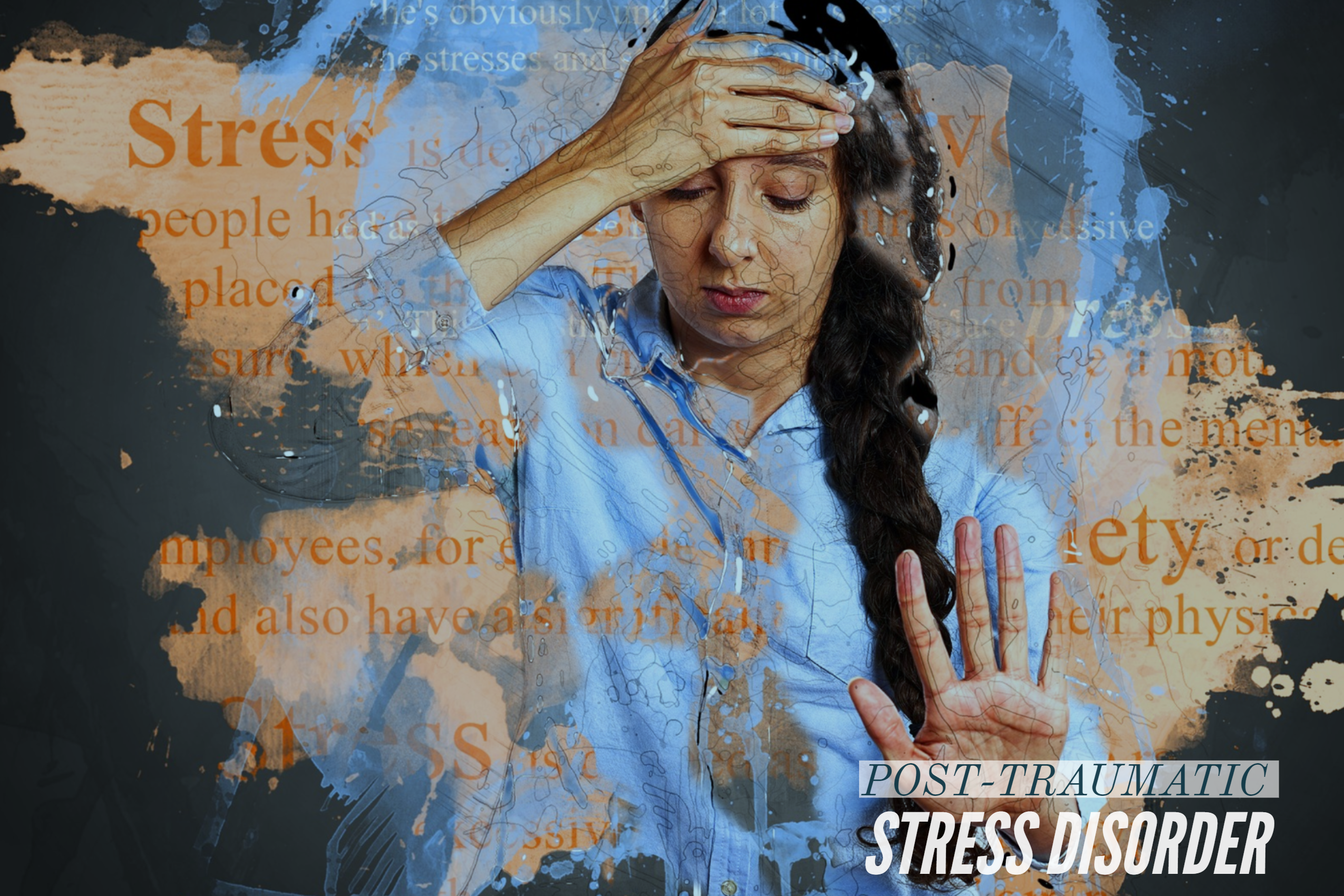What is post-traumatic stress disorder? Post-traumatic stress disorder (PTSD) is a group of stress responses that can develop after the person witnesses a traumatic incident or event, such as death of a loved one, serious injury, accident, incident, war, torture, natural disaster (bushfires, flood, earthquakes) or physical or sexual violence to themselves or to others. These traumatic events might occur over a period of time, or can be a single event. Facts about Post-traumatic stress disorder:
- Around one million Australians experience PTSD in anyone year.
- 12 % of Australians will experience post-traumatic stress disorder in their lifetime.
- Serious accidents are one of the major causes of PTSD in Australia.
- Anybody can develop PTSD, women are more likely to develop PTSD compared to men.
- 86% of men, 77% of women with PTSD are likely to have another disorder, such as, depression, anxiety or substance use disorder.
- PTSD diagnosis, symptoms must last for more than one month, create distress or functional impairment.
- People with PTSD can make a full recovery.
Risk factors:
Trauma exposure is the fact initiating factor behind Post-traumatic stress disorder, however, there could be additional factors that might contribute to the likelihood of developing post-traumatic stress disorder. We need to consider that an event which is traumatising for one person, may not be traumatising for another person.
- Biological and neurological factors
- Social past experiences
- Societal factors
- History of mental health
- Genetical factors
- Life stressors
Signs and Symptoms of PTSD
PTSD has four main types of symptoms:
1. Re-living the traumatic event:
- unwanted and repeated recollections of events, flashbacks or intense nightmares.
- Reliving the event which could leads to sweating, heart palpitations or panic.
2. Avoiding reminders of the event:
- thoughts, emotional state, people, places, activities, conversations or circumstances that bring back memories of the event.
3. Negative changes in feelings and thoughts after trauma:
- feeling angry, afraid, guilty, flat or numb,
- developing beliefs such as “I’m bad” or “The world’s unsafe”
- feeling detached from others
4. Being overly alert or ‘edge’:
- indicated by sleeping difficulties, irritability, lack of attentiveness, becoming easily frightened and continually being on the lookout for signs of danger.
Access Mental Health Awareness Books from Amazon: Mental Health Books












